CONCLUDING SESSION Our ocean, connecting countries, people and cultures
Integrating science and knowledge into actions
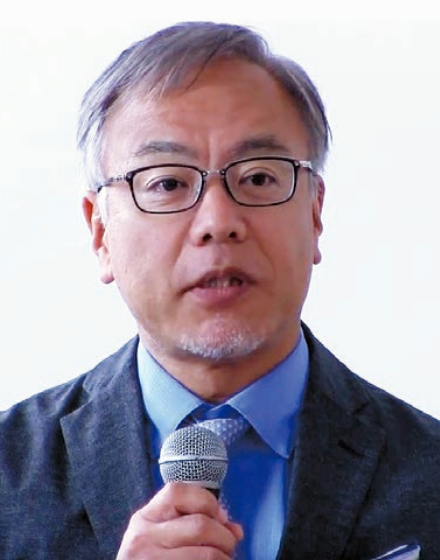
Professor, The University of Tokyo
The One Ocean Science Conference (organized by the French National Centre for Scientific Research and the French Institute for Ocean Science) was held in Nice from June 3 to 6. Oceanographers and ocean practitioners from around the world came together to discuss ocean pollution, the sustainability of fisheries and ocean-based decarbonization, as well as policy and social system transformations to make improvements possible.
During the discussion, it became apparent that, in the light of today’s reality, there is something fundamentally wrong with the way science is conventionally done. Every year, huge budgets are spent on ocean science research projects. Scientists work seriously on them, producing thousands of papers. Yet, the ocean environment is only getting worse.
The idea of “transformative ocean science” arose out of this kind of reflection. Rather than conducting research purely for the sake of science, scientists integrate their findings into policies and businesses industry and government, and even the traditional knowledge of local communities. In this way, science becomes viable, directly connected to the solution of a problem, and something that is designed by an entire community for its benefit.
As transformative ocean science spreads around the world, academia needs to collaborate more with industry and government. We would love to hear opinions and requests from industry and government. This is how we can get closer to science that really solves ocean problems.
There are some bright signs in ocean science, such as many young researchers who are passionate about solving problems. To encourage them, it is important to inspire them with dreams grounded in both science and economics. The recommendations of this NIKKEI Blue Ocean Forum can play a part in this.
There is only one ocean in the world. It connects countries to countries, people to people and even cultures to cultures. Thus, the pursuit of ocean sustainability can further the evolution of humanity and facilitate world peace.
Valuing the perspective of a maritime nation
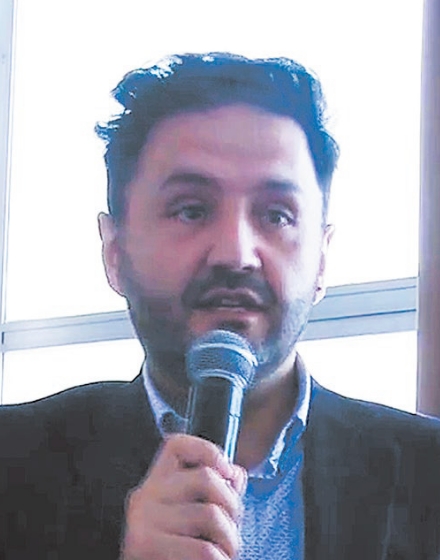
Ocean Visions
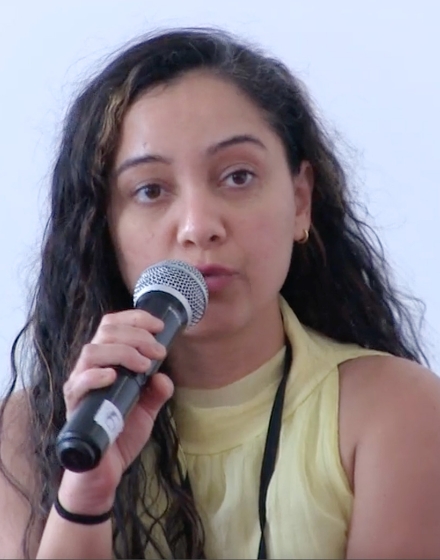
Big Ocean States Initiative
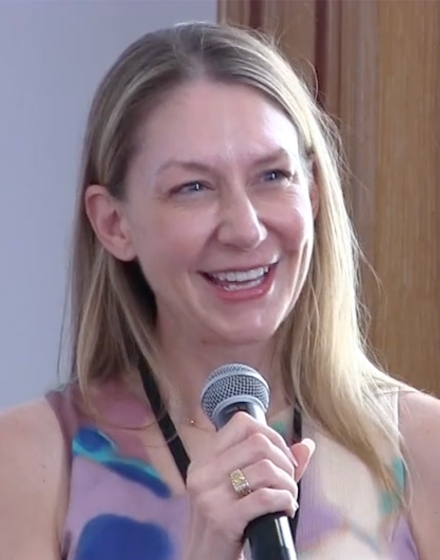
Strategic Philanthropy, XPRIZE Foundation
Masanori Kobayashi asked three experts for comments to sum up the message of the conference.
Karuna Rana appreciated that many topics concerning the “blue economy” and financing were raised. While welcoming the fact that larger investments can help to make SDG Goal 14 a reality, she expressed concern that the perspectives of people living in island nations may be forgotten. “The blue economy needs to be created together with islanders, not designed for them by developed countries,” she argued, emphasizing the importance of a participatory approach. “There are many creative islanders, so we should create an environment that enables them to play an active role,” she added.
Leonardo Valenzuela Pérez referred to the UN Decade of Ocean Science for Sustainable Development (2021-2030). He said that although governments, research institutes and companies are working to achieve the goals, a large gulf remains between plans and reality.
Pérez also mentioned the need to do more to increase the removal of atmospheric CO2, from the current 2 billion metric tons per year to 10 billion metric tons by 2050, outlining his own efforts to develop carbon dioxide removal (CDR) technology for this purpose. “I want to expand our knowledge of ocean-based CDR to contribute to global CO2 removal,” he said.
Meredith Morris spoke about the competitions conducted by the XPRIZE Foundation, which focus on solutions to global issues, with prize money for innovative technologies and ideas. One contest was on the revival of ocean coral reefs. Proposals were rated not only in terms of coral recovery, but also economic effectiveness and job creation. Another contest focused on the discovery of unknown biological species inhabiting the seafloor. It is hoped that discovered species may prove useful for environmental restoration. “We will continue to run competitions to improve our ocean environment with the hope of getting more researchers working together across national borders,” said Morris.
BLUE OCEAN DOME
“Water planet” Earth
in three domes of different materials
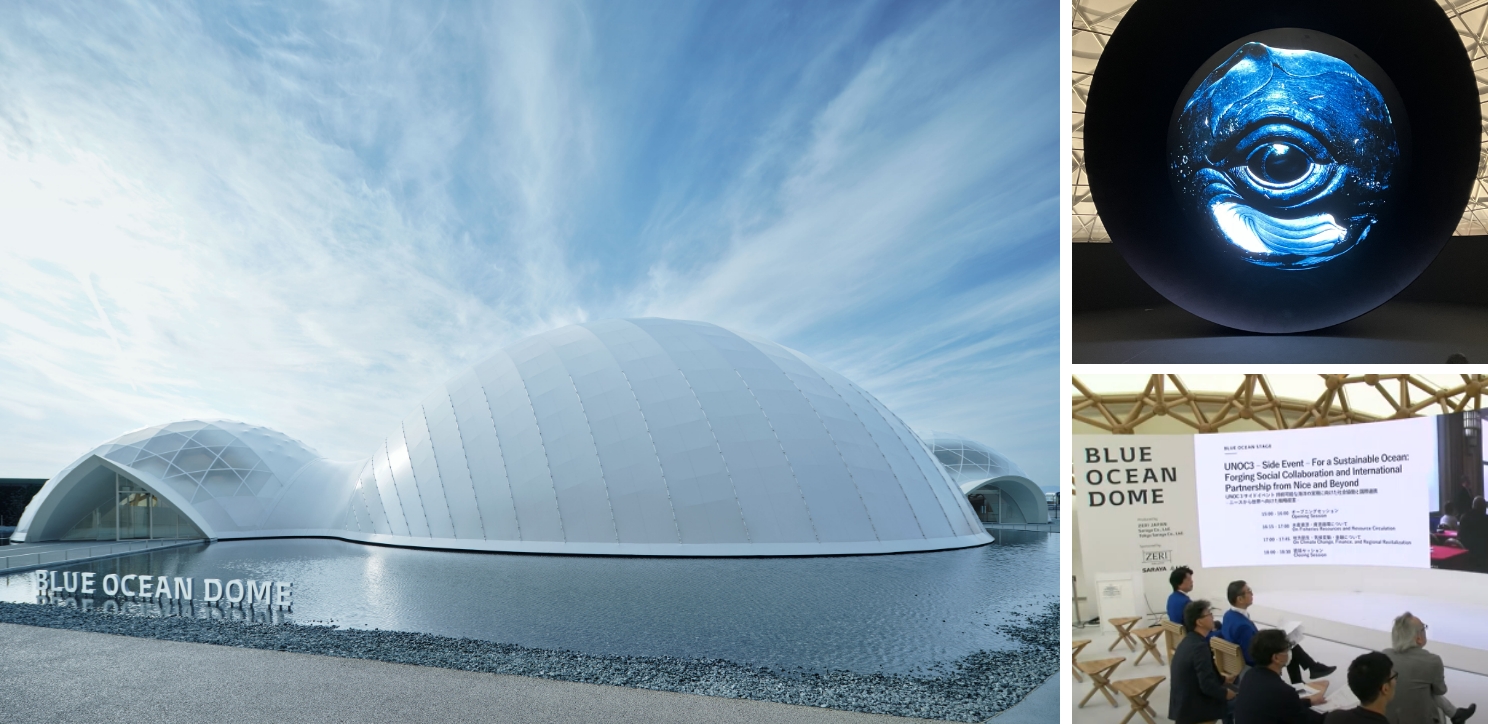
This official side event of the Third United Nations Ocean Conference was broadcast live at Blue Ocean Dome at Expo 2025 Osaka, Kansai in Japan. Blue Ocean Dome is a unique pavilion organized by ZERI JAPAN (NPO), on the theme of “Reviving the Ocean.” The pavilion is designed to inform visitors about the importance of ocean conservation as they experience our “water planet,” the Earth. Since the Expo opened, a total of approximately 450,000 people (as of June 30) have visited the pavilion.
The pavilion consists of three domes, A, B, and C, each of a different material. Shigeru Ban, a winner of the prestigious Pritzker Architecture Prize, was the architectural producer of the project. Graphic designer Kenya Hara served as the general producer for the planning of exhibitions in the domes.
The theme of Dome A, constructed using laminated bamboo, is “Circulation.” The ocean and land are connected by the circulation of water and biological life-forms. All living things are sustained and nurtured by the circulation of water. Visitors can experience the fascination of water circulation as the mystery in the movement of water that they are so accustomed to seeing is revealed.
The theme of Dome B is “Ocean.” At the center of the inner space, enclosed by a dome of carbon fiber-reinforced plastic (CFRP) with a 15m-high apex and without any pillars, a huge 10m-diameter black hemispherical screen is installed. On it, a high-definition, CG-based video of the ocean of abundance covered in plastic waste is projected for about seven minutes. The image of the Earth gradually morphs into the eye of a whale. Through images that depict the beautiful yet cruel nature of the ocean, the video conveys the current state of planet Earth; a “water planet” that is changing and losing its sustainability under the impact of global warming and plastic pollution.
Dome B is drawing a lot of attention as the world’s first dome building made of CFRP. A lightweight and strong material, CFRP is widely used in aircraft and, more recently, in motor vehicles. It has been used very little in buildings, however. After the Expo, Dome B is scheduled to be relocated to the island nation of the Maldives in the Indian Ocean for further use.